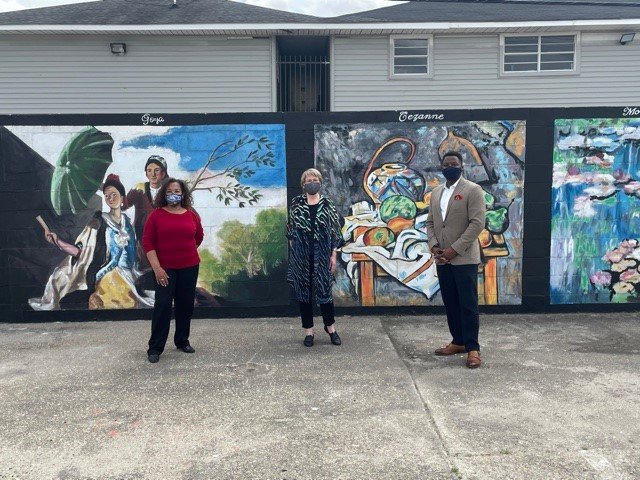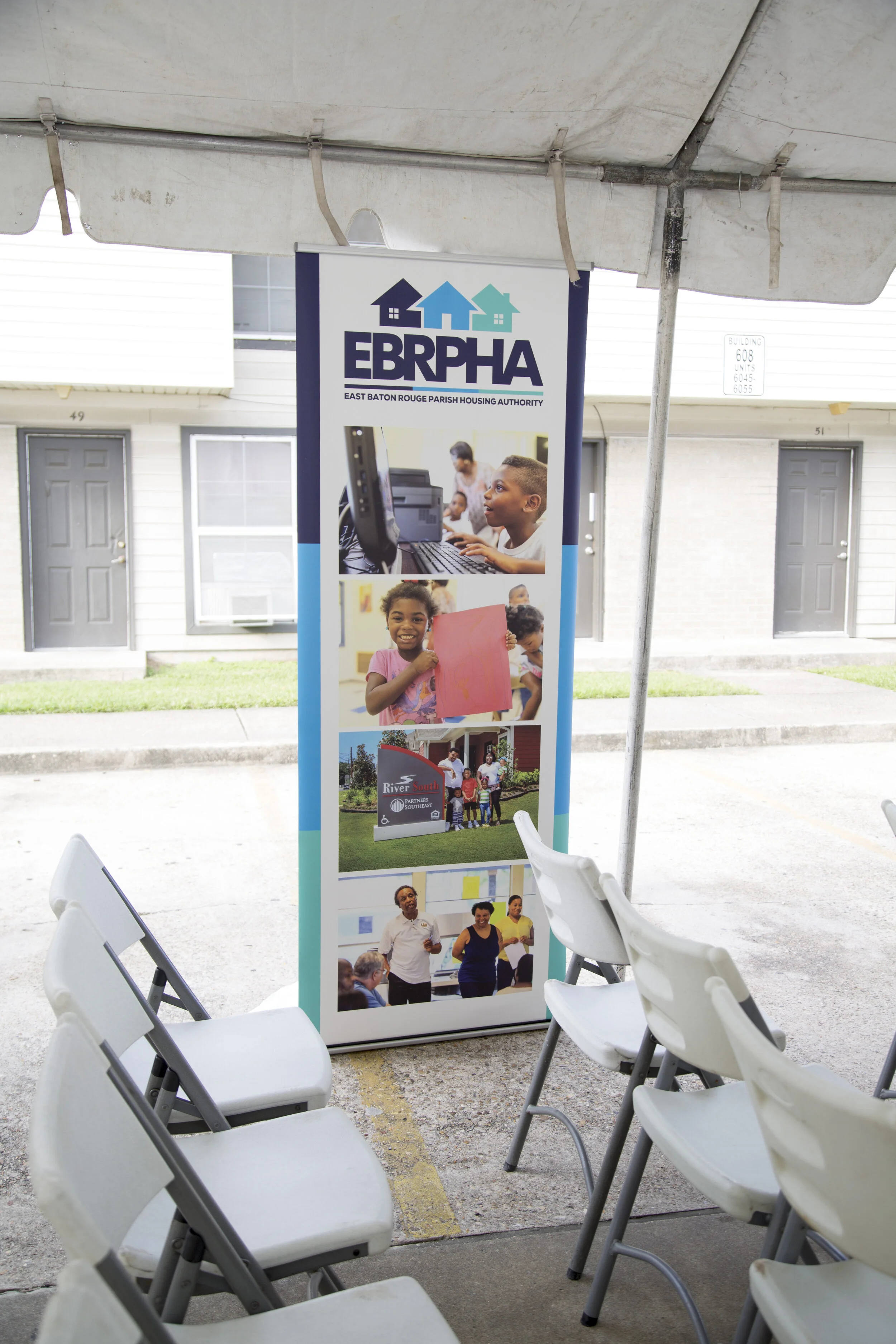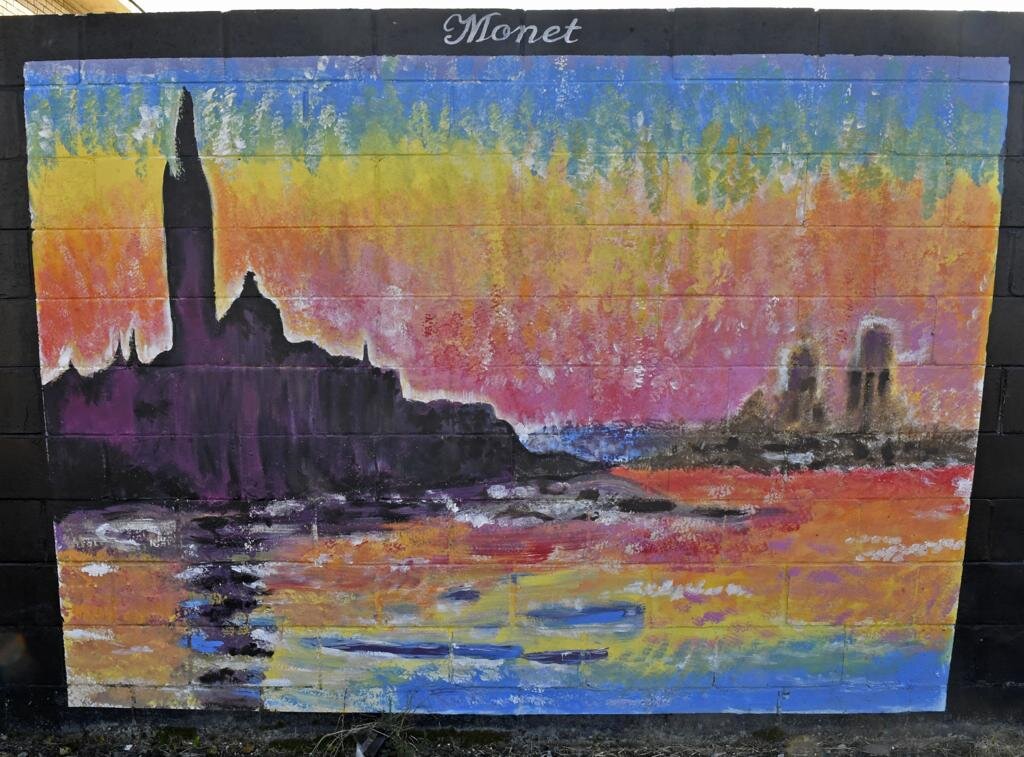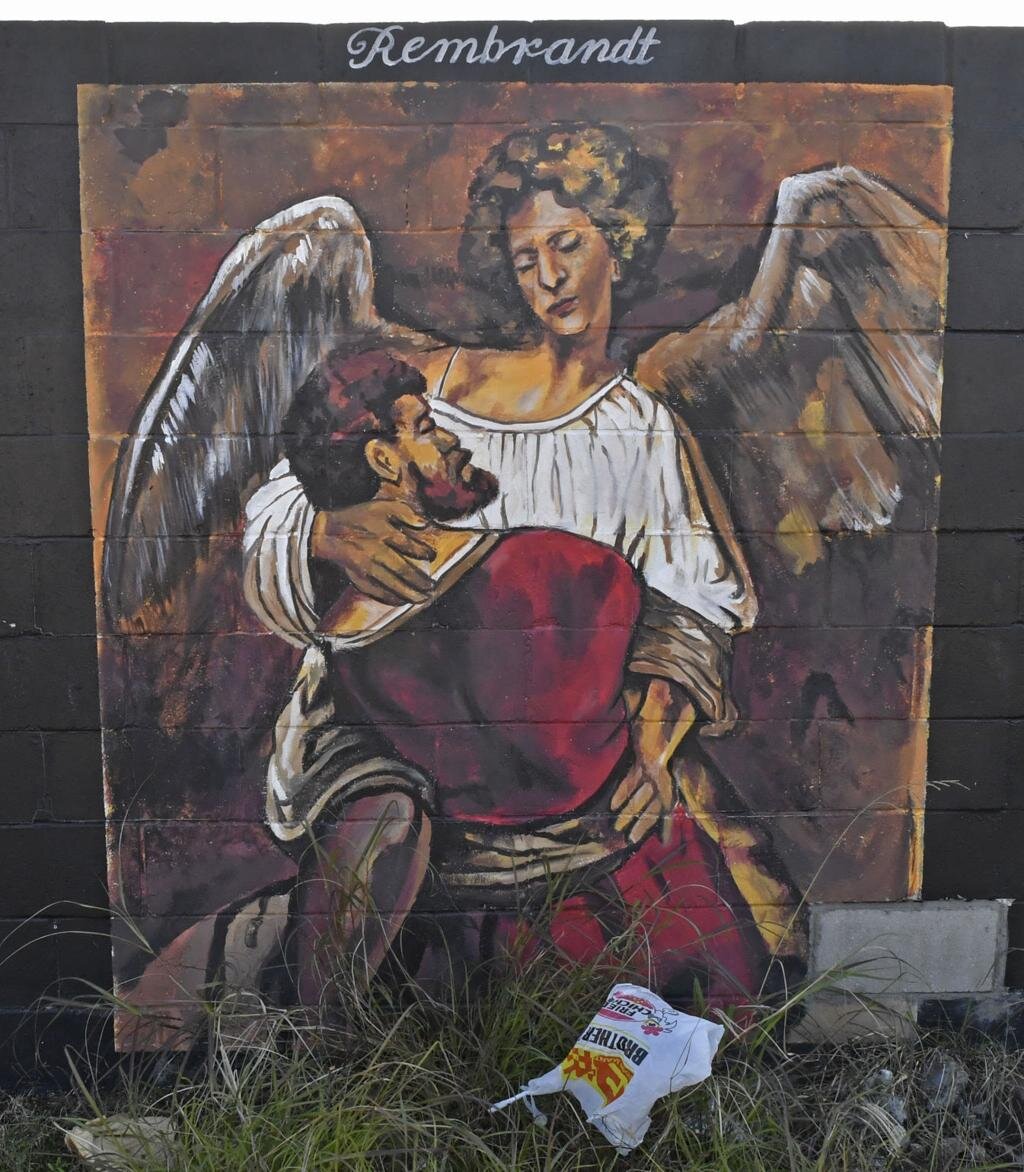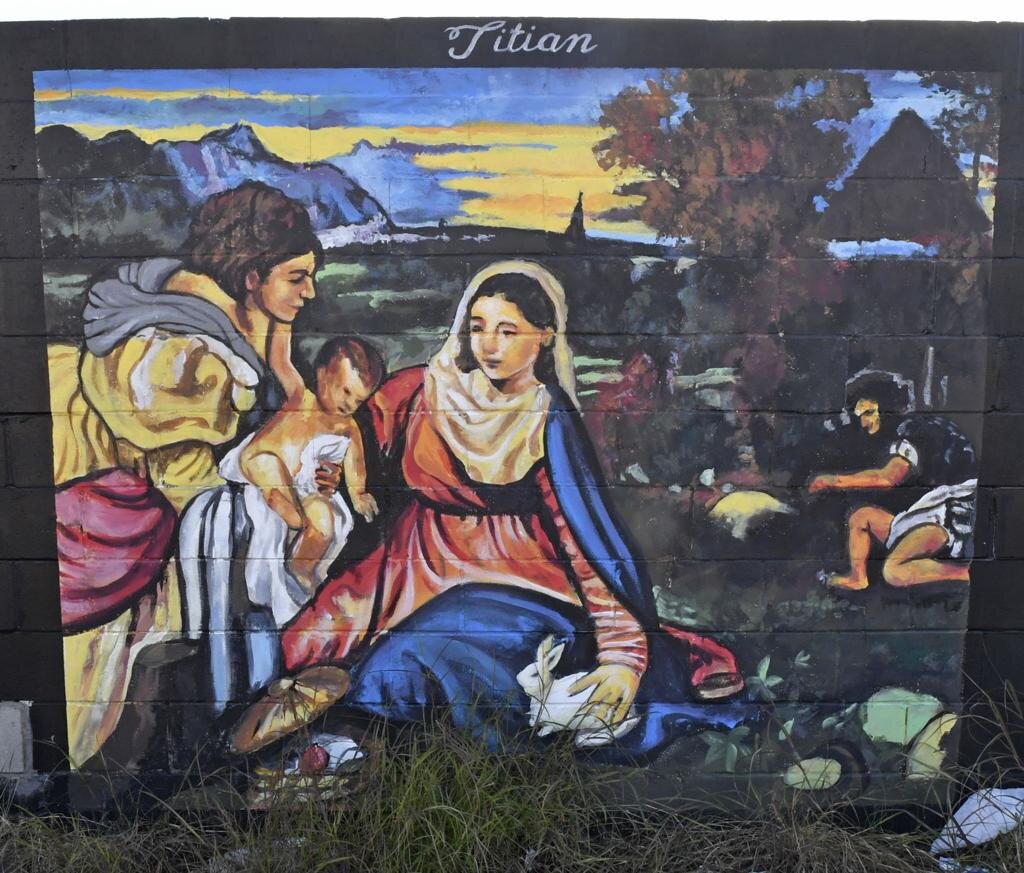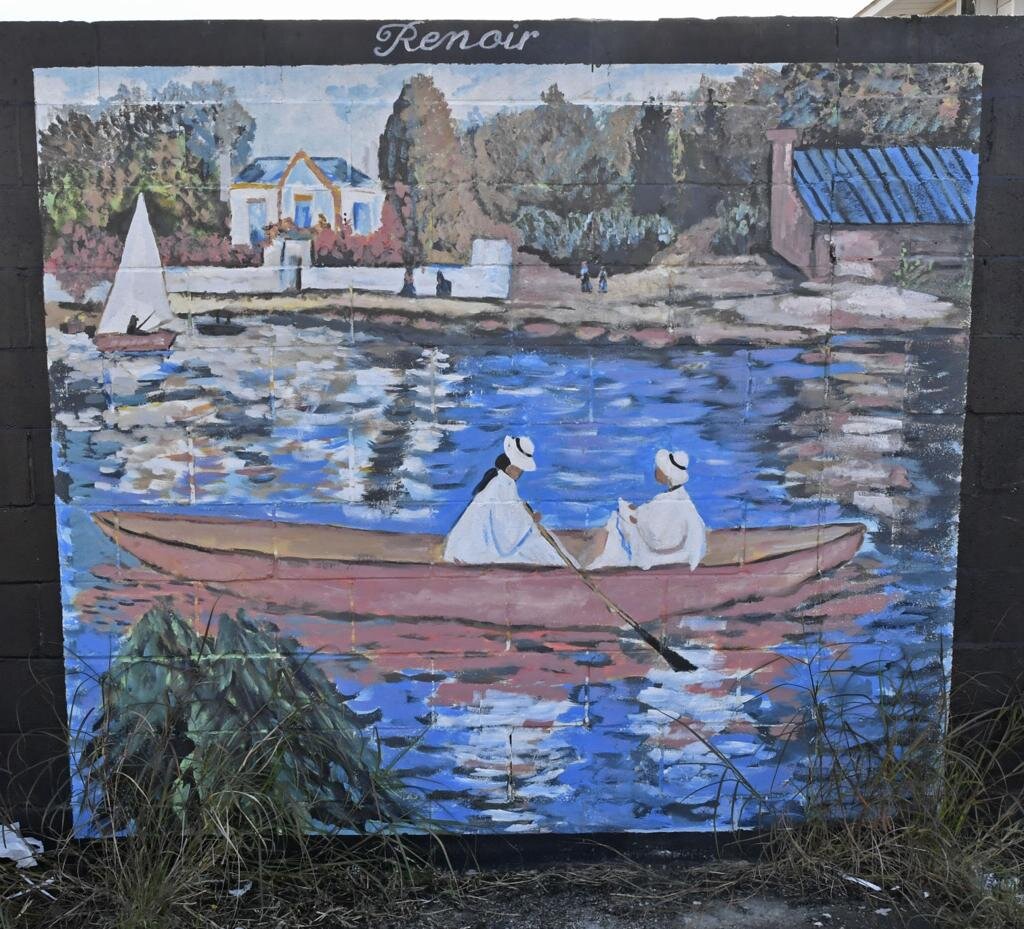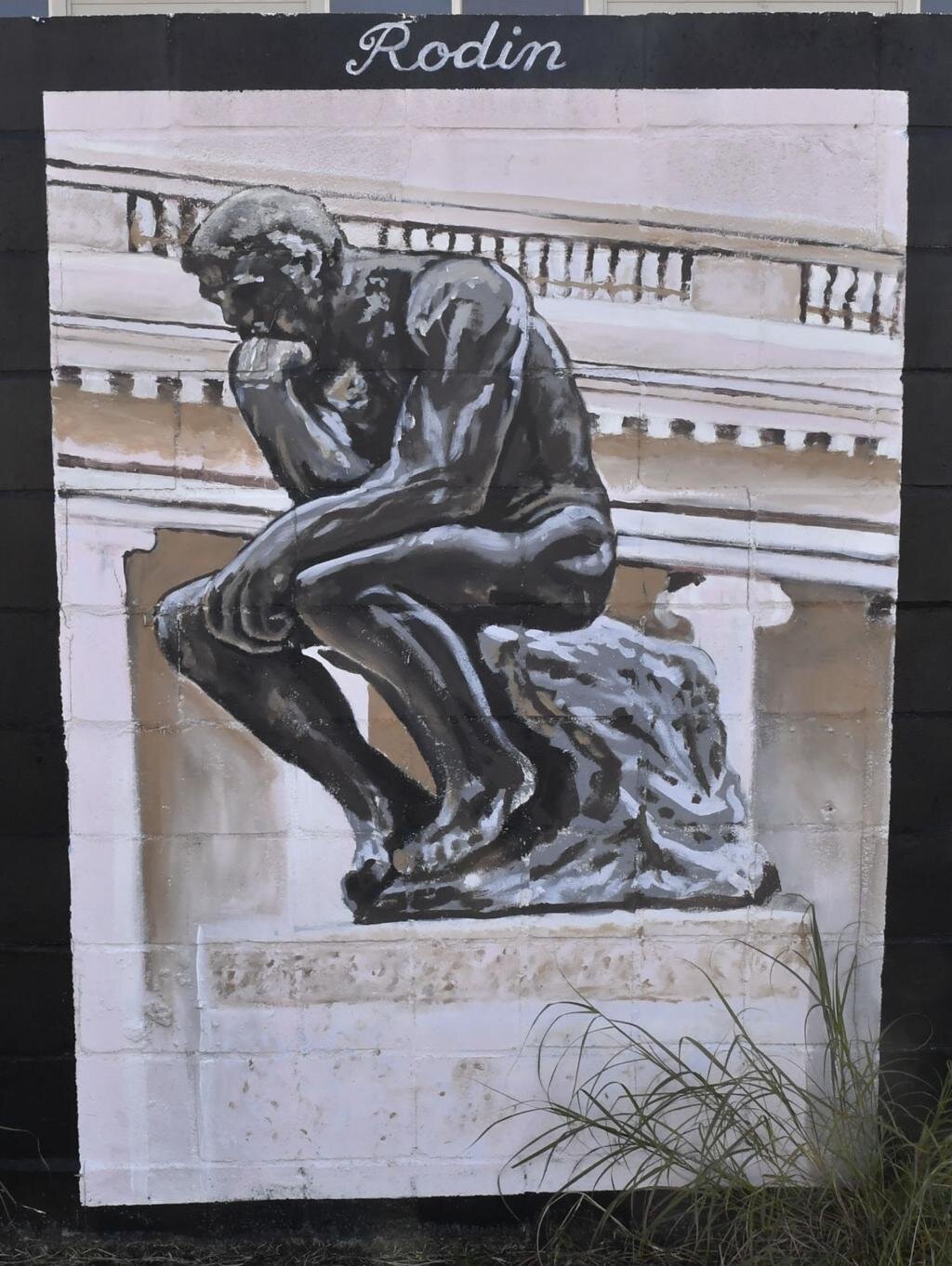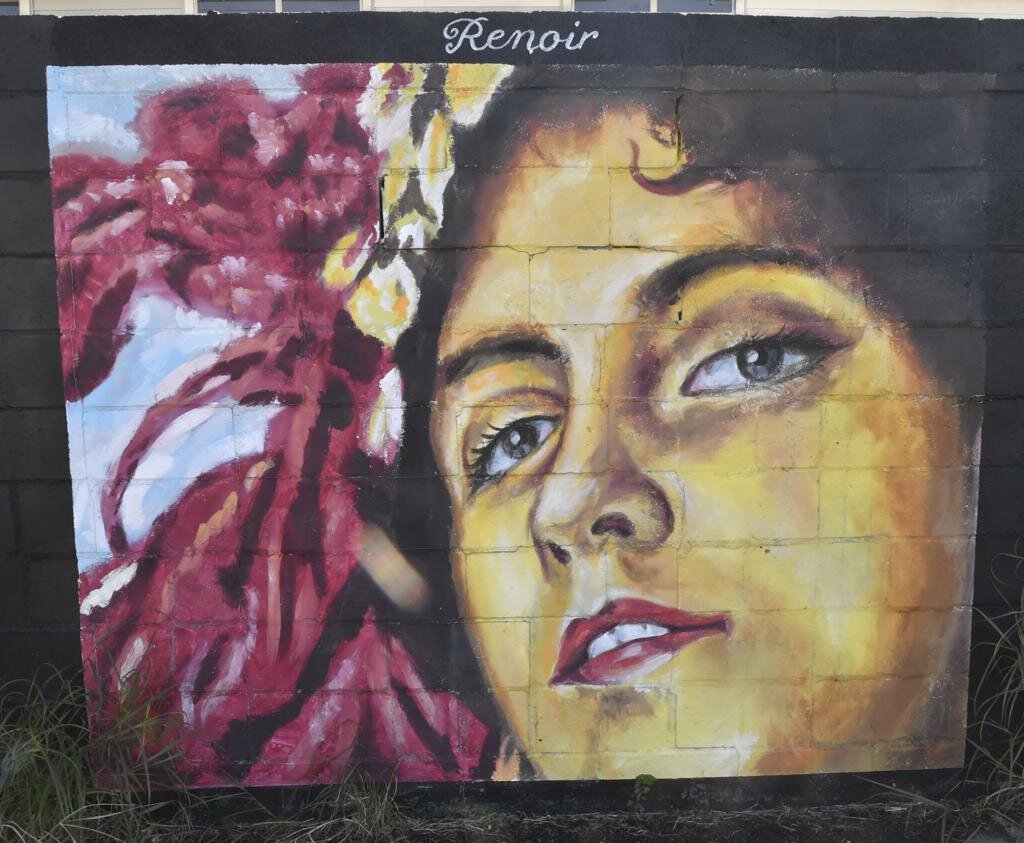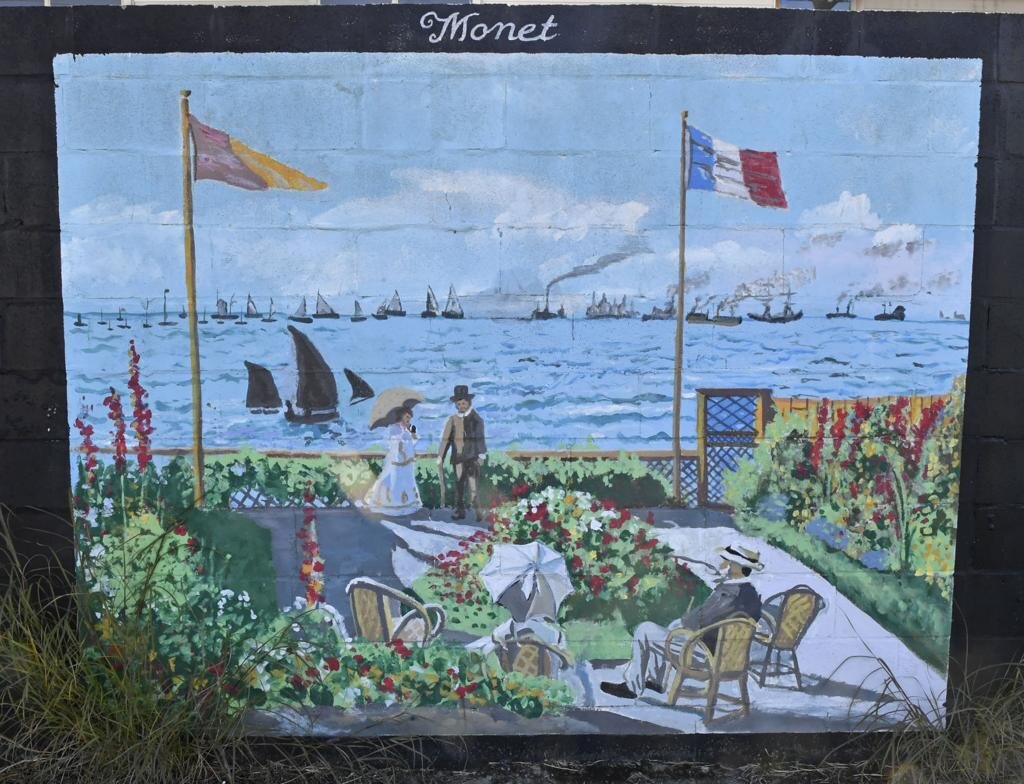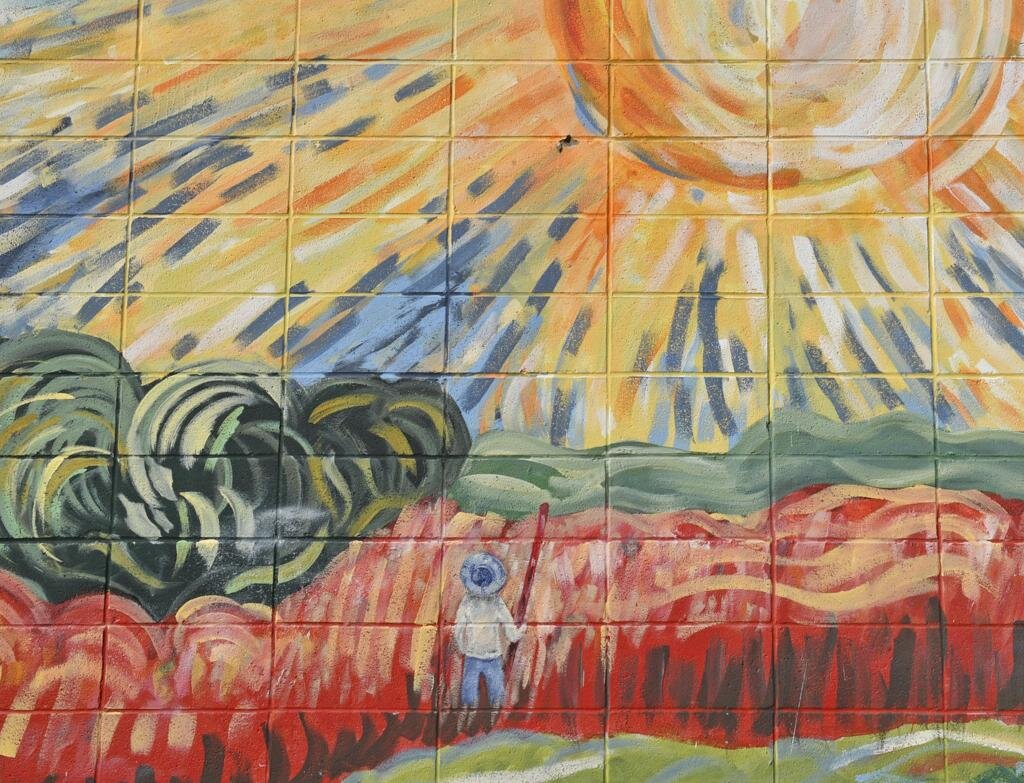Built in 1970, Ardenwood Village in Baton Rouge is a 90-unit public housing development that offers few quality-of-life amenities. It’s almost impossible to take care of daily business without a car here in this commercial industrial area at North Ardenwood and Choctaw Drives. Streetscapes lack trees, as well as architectural cohesion or sidewalks. Neighbors trek miles to reach a supermarkets selling fresh and healthy food. Crime and blight are high; so is unemployment
But Ardenwood Village is poised for transformation. With support from a $29.5 million Choice Neighborhoods grant awarded to Baton Rouge in May by the United States Department of Housing and Urban Development, Ardenwood Village will soon be decommissioned and its residents relocated.
They won’t have to relocate to a new public housing development. Instead, they will move to one of four new mixed-income residential developments to be built on raw land next to the site.
Not until the last residents are relocated will Ardenwood Village be razed. “This is a really important distinction about the Choice Neighborhoods Initiative,” says J. Daniels, CEO of the East Baton Rouge Parish Housing Authority, lead agency for the grant. “We’re not going back with same traditional model of public housing that concentrates poverty in one place. It’s key that we create mixed-income residential developments, and that we broaden the work to the surrounding community.”
Baton Rouge was one of just four cities to receive a Choice Neighborhoods grant in 2019; the others were Newport News, Virginia; Norfolk, Virginia; and Omaha, Nebraska. The Choice Neighborhoods program requires grant recipients to not only demonstrate social need around public housing, but to show a proven track record of engineering successful public and private partnerships nearby.
In other words, the Choice grant is not about rebuilding dated housing, but in rethinking the way we fight neighborhood poverty in the first place, says Chris Tyson, president and CEO of Build Baton Rouge, formerly the East Baton Rouge Redevelopment Authority, a grant partner.
“This was a very competitive grant, but Baton Rouge stood out because we were able to show that we have a tremendous amount of skin in the game,” says Tyson. “We were able to show that we had corralled a significant number of partners, had them agree on a vision for this area, and that we had put our own resources forward.”
Tyson says Baton Rouge demonstrated $335.5 million in existing or planned projects in the surrounding two-square mile area, which is bordered by Florida Boulevard to the south, Choctaw to the north, North Lobdell to the east and North Foster to the west. In addition to Ardenwood Village, this area holds several long-standing high poverty Baton Rouge neighborhoods, including East Fairfields, Smiley Heights and Melrose East.
Also located here is Ardendale, a 200-acre parcel owned by Build Baton Rouge that includes the Career and Technical Education Center (CTEC), an East Baton Rouge Parish high school and the Baton Rouge Community College’s Ardendale Campus, which features the McKay Automotive Technology Center for training automobile mechanics.
“We’re not going back with the same traditional model of public housing that concentrates poverty in one place. It’s key that we create mixed-income residential developments, and that we broaden the work to the surrounding community.”
- J. DANIELS, EAST BATON ROUGE PARISH HOUSING AUTHORITY
Receiving a Choice Neighborhoods Implementation Grant culminated several years of work by a team of partners that included the East Baton Rouge Parish Housing Authority, its nonprofit development art, Partners Southeast, Build Baton Rouge, the City of Baton Rouge/Parish of East Baton Rouge, the Louisiana Housing Corporation, the Baton Rouge Area Foundation, Integral Development Group and others.
The process first began in 2014 when HUD awarded Baton Rouge a $500,000 Choice Neighborhoods Planning Grant, which enabled the partners to spend four years conceiving a winning project.
More than 40 community organizations representing youth programs, health and wellness, the arts and education and workforce, came together to support Baton Rouge’s Choice Neighborhoods’ application.
Nationwide, the Choice Neighborhoods Initiative is the next iteration of HUD’s progressive program Hope VI. While Hope VI invited the country to reject notions of crime-ridden, high- rise “projects” in favor of developments that were humanely designed, it nonetheless concentrated public housing in one locale.
Instead, the intention of Choice Neighborhoods is to bring together public and private partners to replace distressed HUD housing with mixed income residential developments, while also threading a neighborhood network of quality of life amenities related to employment, health and education.
Grantees must also create conditions that help a distressed neighborhood attract public and private reinvestment over the long-term and, in so doing, give residents a chance at leaving generational poverty.
The first phase of the project, estimated to begin in July 2020, is the new residential development, Cypress at Ardendale, a smartly designed 168-unit development that features a mix of housing styles consistent with what Daniels describes as Southern vernacular.
The site plan was designed by Pittsburgh-based Urban Design Associates (UDA) as part of Baton Rouge’s Choice Neighborhoods planning grant. The development features community gathering spaces, landscaping, façade improvements and connectivity to the surrounding neighborhood. It will be flanked by sidewalks and is positioned close to preserved wetlands, which will support drainage and environmental sustainability.
Daniels says Phases 2, 3 and 4 will feature three additional residential developments, including one for seniors. All four developments will be considered mixed-income, with a certain percentage of units reserved for individuals who qualify for public housing. The current residents of Ardenwood Village will ultimately relocate to one of these four sites.
Daniels says the Choice Neighborhoods grants team articulated an overall vision for the area that includes three goals: innovation, resiliency and placemaking. Innovation, he says, means focusing on providing stronger education and workforce development opportunities for neighborhood residents.
Resiliency means smart growth design, so that natural disasters can be weathered better. And placemaking refers to creating hubs of activity where arts, cultural diversity and civic engagement take place.
The area will see a $15 million investment from the CityParish on a pedestrian-friendly, multi-modal connector linking North Ardenwood Drive and Lobdell Boulevard. This new thoroughfare, part of the MovEBR program, will directly link residents on the west side of North Ardenwood with quality of life amenities to the east.
Ninety-two percent of the current residents of Ardenwood Village are African American women heads of household, which has prompted grant partner, YWCA of Baton Rouge, to plan an $11 million Early Childhood and Women’s Development Center within the target area, says Dianna Payton, CEO of the YWCA and chair of the East Baton Rouge Housing Authority board of commissioners.
“This gives us a chance to help women directly with anything they need in a centrally-located, family-friendly place,” says Payton. “With the close proximity to Cypress at Ardendale and other neighbors, we can overcome transportation barriers.”
Once completed, the YWCA Early Childhood and Women’s Development Center will provide Early Head Start, full-day child care for kids from birth to three years. Moreover, says Payton, the Center will make available wrap-around services for women, including parental education and support, take-home family activities, mental health and disability screenings and health care, social service and education referrals.
A major tenet of Baton Rouge’s Choice Neighborhoods grant, says Daniels, is to create a seamless progression of educational opportunities for residents, from child care to secondary and post-secondary institutions.
“Baton Rouge has a poverty problem,” Daniels says, “and education is the great equalizer.”
In addition to the YWCA’s Early Head Start program, the target area includes Melrose Elementary, Capitol Middle, CTEC, Collegiate Academies Charter School, Geo Prep Charter School Mid City, the McKay Automotive Training Center and the Baton Rouge Community College Ardendale Campus. More charter schools will likely come to the area, says Daniels.
Arts and cultural activities are also a main focus of the project, and many will be situated on the providentially named Renoir Avenue, between North Ardenwood and Lobdell. (Other streets nearby are named for seminal painters as well, including Van Gogh, Monet and Titian.)
The Renoir Arts and Culture District will be anchored by existing arts organizations like the Red Stick Project, a community arts nonprofit, and Chorum Hall, which hosts live jazz. Working with partners like the Arts Council of Greater Baton Rouge, Forward Arts, the Manship Theatre, Of Moving Colors and The Walls Project, organizers want to create robust wayfinding, public art and school-based arts and culture activities that restore pride of place and engage the community.
Ultimately, the area will see more than 550 new mixed-income apartments and single-family homes, significantly improved education, arts and recreational activities, better multi-modal transportation and the opportunity for sustained private investment.
Daniels says the project will prove that Baton Rouge is capable of organizing complex partnerships across a wide variety of sectors to untangle the knot of pervasive poverty.
“We’ve thought a lot lately about what community means in Baton Rouge, and it can’t be lost in the narrative that we can get big things done here.” Daniels says. “If there was ever a shining example of us coming together to make something good happen, this is it.”


